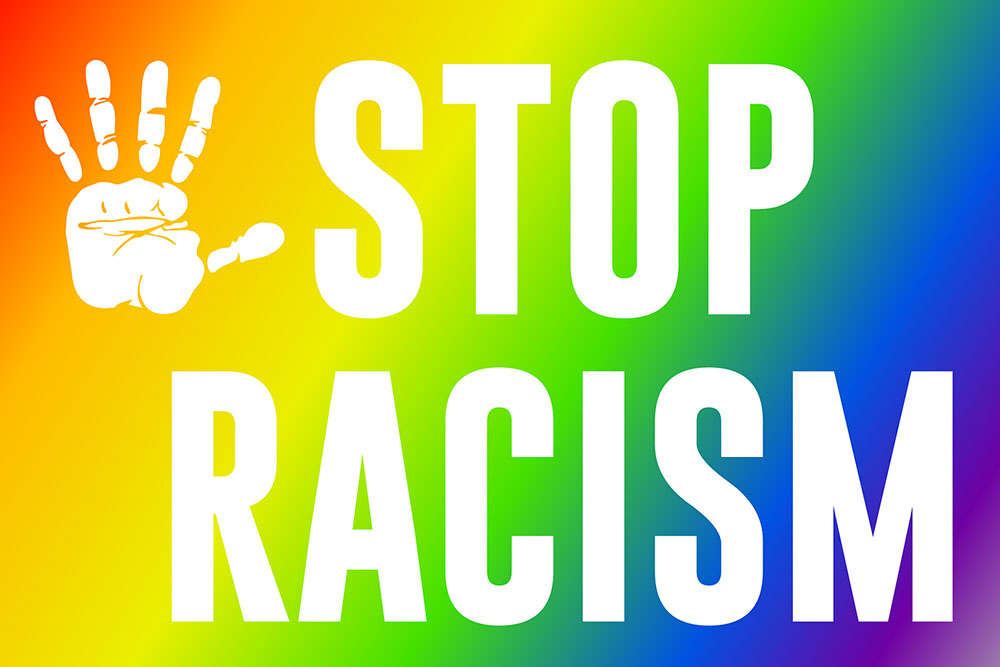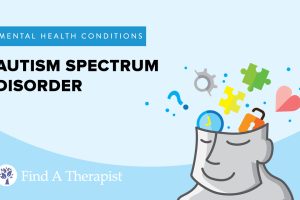Do You Have A Racism Blindspot?
Published on August 2nd, 2020
Updated on January 8th, 2024

Racism is a battle that has been fought throughout history, and it feels like it is as old as time. The unanswerable question that has crossed the lips of thousands, “Will racism ever end?” Without a crystal ball, this will remain an unanswerable question. However, many believe that racism will never end due to the implicit bias of the human mind. Bias is defined as a preconceived opinion about something or someone. Thus, implicit bias is unconscious attitudes towards others or stereotypes associated with them. Bias is not innately negative; it can be favorable or unfavorable towards something or someone.
Example: If a hiring manager has a bias in favor of Jewish people, more Jewish people will be hired. Adversely, if a hiring manager has a bias unfavorable of Jewish people, then less Jewish people will be hired in the company. Either way, the hiring manager has a preconceived opinion, whether it is valid or not, about Jewish people, and it plays a role in the hiring process.
In the example above, the hiring manager may not be aware of their bias and does not realize that the hiring process is being affected. This implicit bias can be a direct link to the practice of racism, and due to this unconscious attitude, the hiring manager is not aware of their racist blindspot.
Sponsored by

Choose a therapist to work with and start healing with 20% off from BetterHelp.
Click HereRacism
Most people in the world want to believe and/or genuinely do believe that they are not racist. In our country’s current climate, the internal question of being racist is being contemplated at far higher rates than ever before.
In comparison to the definition of bias, racism is the idea that one’s race is superior and has the right to dominate others or that a specific racial group is inferior to all others.
Bias can lead to racism. The preconceived opinion or idea that a specific racial group is inferior.
Bias is something most people are willing to admit too; however, racism is harder to accept even though it is only an eighth of a step away from bias. So, how do you be honest with yourself to determine if you have a racism blindspot?
Racism Blindspot
In terms of racism, a blindspot is a place your mind attempts to hide biased or racist thoughts. This blindspot still poses the original question, how do you be honest with yourself to determine if you have a racism blindspot if your mind is hiding these thoughts from you?
Finding Racism Blindspot
Admit you have biases – Everyone wants to say they see everyone and everything fairly, but that is a biased statement. You are showing favor towards yourself and saying you are perfect in this area, especially compared to others. The reality is that everyone has biases about one thing or another. This is part of being human. However, the goal is to not let the biases become a danger to self or others.
Example: A surgeon saw her mother abused by her father as a child. She has an unfavorable bias against men who abuse their wives. If she learns that her patient on the table is an abusive husband, her bias could become a danger to this patient. The surgeon can check her bias at the door and treat this patient like any other patient, or she can transfer this patient to another surgeon if she knows her bias will affect her work.
Biases are learned from our childhood, education, socialization, and even the media. Nevertheless, you do not have to allow your biases to control your life.
Analyze your internal messages – Have you ever taken the time to look at some of the thoughts that go through your head about people? Are your thoughts judgmental? Do your judgmental thoughts of people pertain to the things they do not have control over, such as race, gender, disability, etc.? If so, you are leaving the shallow end of the pool of biases and entering the deep end of the pool of “isms” (i.e., racism, sexism, ableism, etc.). Thoughts, beliefs, and judgments about people based on the color of their skin or race, means racism is no longer in the blindspot.
Only you truly know your internal messages. Only you can determine where these thoughts, beliefs, and judgments originated from. Only you can change your internal messages.
Analyze your external messages – You know the saying, “Birds of a feather flock together”? It may be the time to look at the people you associate yourself with to determine if your similar tastes and interests are a bunch of biases or worse, a bunch of “isms.”
If you and your family, friends, or even associates spend your time sharing and spreading messages about people based on things they have no control over, such as race, gender, disability, etc., then you and your people are spreading and perpetuating the “isms.”
- Treating a man as inferior to you because of the color of his skin is racism.
- Telling negative and stereotypical jokes about people of a specific race is racism.
- The decision to not live near a specific race of people is racism.
- Blocking the hiring or promoting of a person based on the color of their skin is racism.
- Verbally and physically attacking a person because of the color of their skin is racism.
Again, only you can change your external messages.
Fixing Racism Blindspots
Explore new waters – Now that you are aware of your biases and “isms,” specifically racism, you should explore, learn, and meet the specific race(s) of people you have judged for so many years. This should be a gradual process so that it is sincere and realistic. You do not have to start a protest rally to do better. Read more about the specific race of people and find out if the stereotypes are true. Have a conversation with one person of the specific race to learn if you two are more alike than different.
Rome was not built in a day, and no one expects you to change overnight. However, taking the steps to make an effort to change will open your life and future generations to new horizons that are only for the better.
Update your core value system – It goes without saying that you already have a core value system. Nevertheless, core values can always be enhanced to be inclusive of optimism and exclusive of pessimism. Make sure your core values focus on respect and fairness to all. You do not want your core values to have any exceptions or exclusions when it comes to giving all humans their fundamental rights.
Once you update your core value system, pass it forward to future generations.
Change your perspective – It is easier to understand another person when you walk a mile in their shoes. Of course, this is not always feasible, but you can try to see things from their perspective. In the Black Lives Matter movement, you can try to understand the death of George Floyd from the perspective of black Americans.
- The fear black Americans must feel whenever they have an interaction with the police.
- The strength to stay calm when being treated unjustly due to racism.
- The frustration of watching other black Americans losing their lives just because they were born with more melanin in their skin.
- The anger they feel because the government is not doing enough to change how black Americans are treated in this country.
- The constant worry of the loved ones of black Americans that their son, daughter, spouse, parent, cousin, or friend will not come home again.
If it is difficult for you to see a different perspective, change the person’s race in the dilemma to your race.
Example: If you are Caucasian, imagine watching the death of a white man being killed by a black cop.
Racism Blindspots can destroy so many lives, including yours. When you came into this world, you learned it was wrong to hurt people. Somewhere along the lines, you learned to make exceptions and that it was ok to hurt “some” people. This is your opportunity to return to your purest state of love thy neighbor regardless of race, color, religion, national origin or citizenship status, sex, gender identity or expression, sexual orientation, age, disability, or military status.
Sponsored by

Find an affordable therapist online with 20% off from BetterHelp.
Click Here






February 21st, 2021 at 1:24 AM
One thing black people and “awake” white people really need to acknowledge is that mixed (black/white) people don’t identify across the board as black.
Period.
If you can ask someone’s pronouns, you can ask if they’re mixed / how they identify ethnically.
Some of us were raised from birth by white families, without any connection to black culture, and identify as white; we can’t speak for your black experience, just as you can’t speak for our mixed experience.
Rude people automatically labeling mixed people as black (and assuming we know everything about your culture) is racist at worst, ignorant at best.